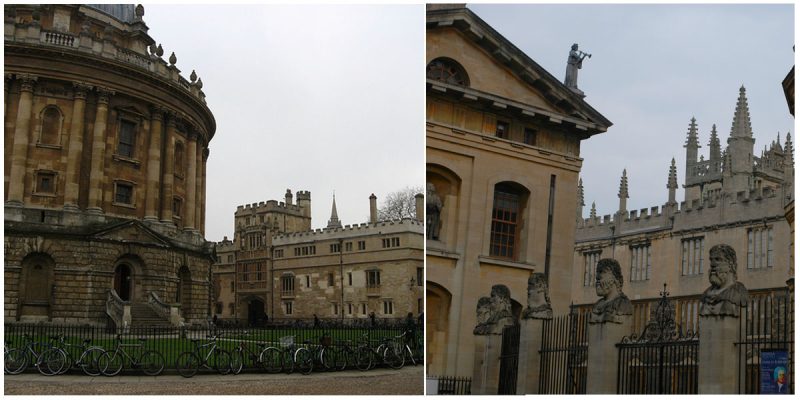The Bodleian Library is the main research library of the Univesity of Oxford, housed in a remarkable group of buildings which forms the historic heart of the University. Founded in 1602 by Sir Thomas Bodley, the Bodleian Library occupies a group of five buildings: the 15th century Duke Humfre’s Library, the 17th century Schools Quadrangle, the 18th century Clarendon Building and Readcliffe Camera, and the 21st-century Weston Library.
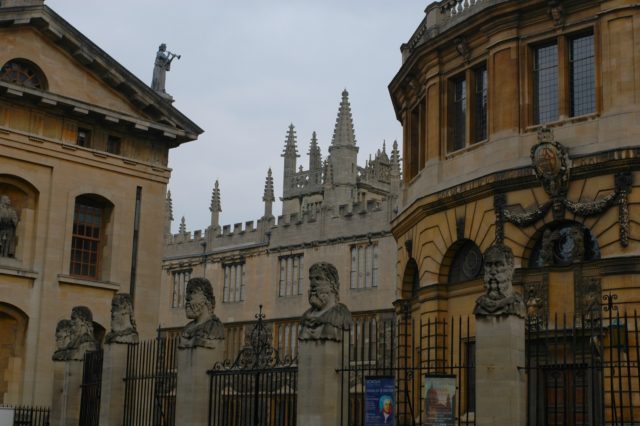
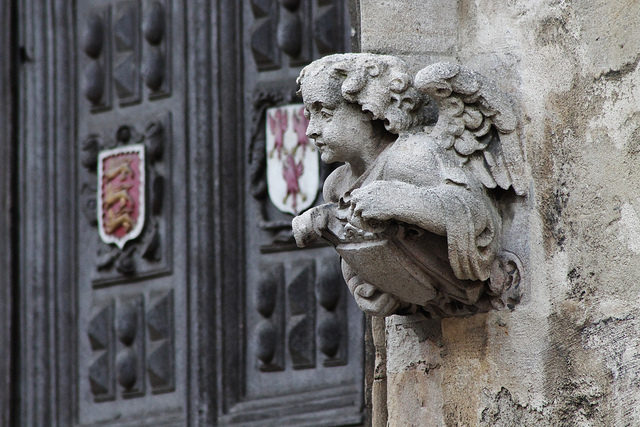
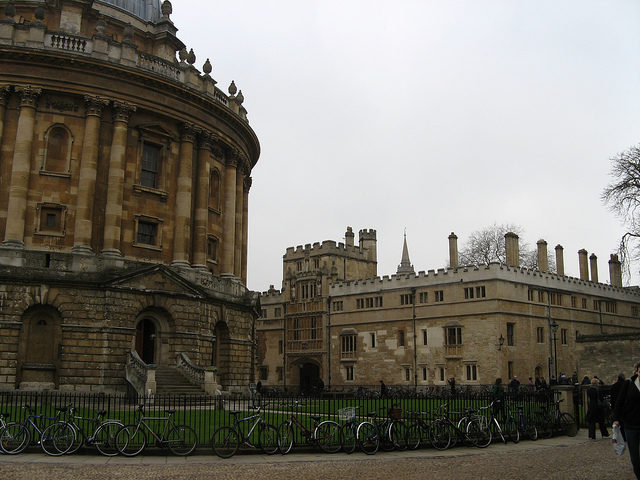
It is the largest university library in the UK, one of five legal deposit libraries, and holds millions of printed items and manuscripts. Generations of famous scholars have studied in its reading rooms, among them five kings, 40 Nobel Prize winners and 26 prime ministers.
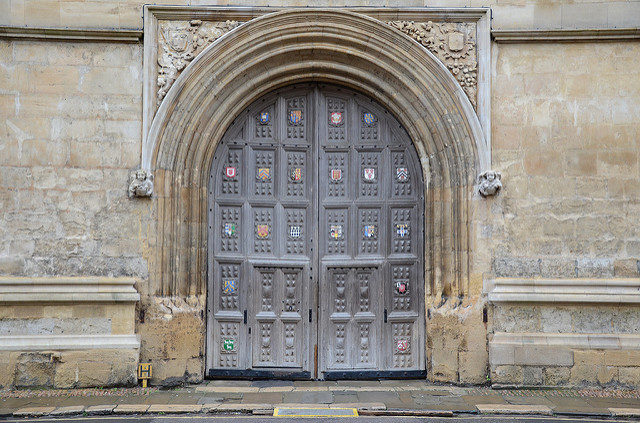
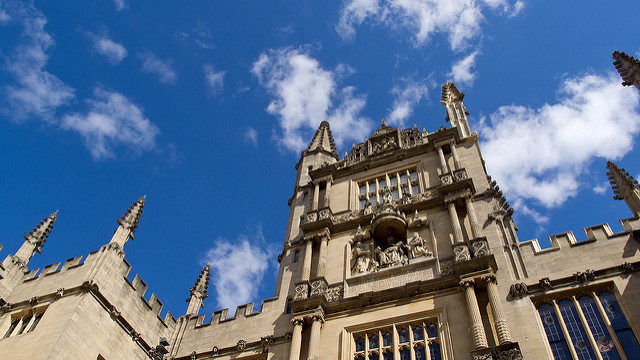
The library was rescued by Sir Thomas Bodley, an English diplomat, and scholar in Queen Elizabeth I’s court. In 1444, the existing university library was augmented by a gift of some 300 manuscripts from Humphrey, Duke of Gloucester. This prompted the university to build a new library above the Divinity School which was at that time under construction. However, during the Reformation of the 1550s, the library had been stripped and abandoned, remaining virtually untouched until the return of Bodley in 1598. The same year, the University accepted his offer to restore the old library.
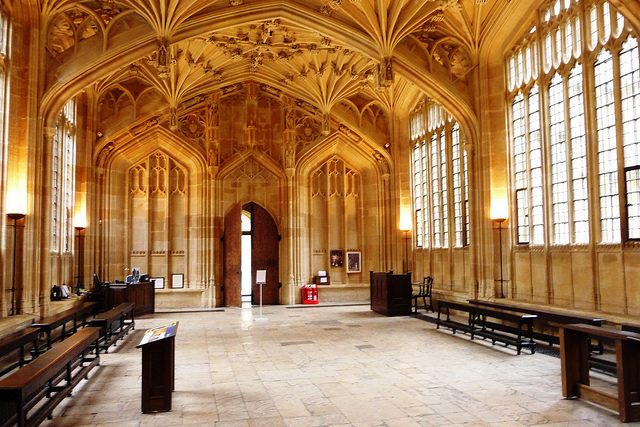
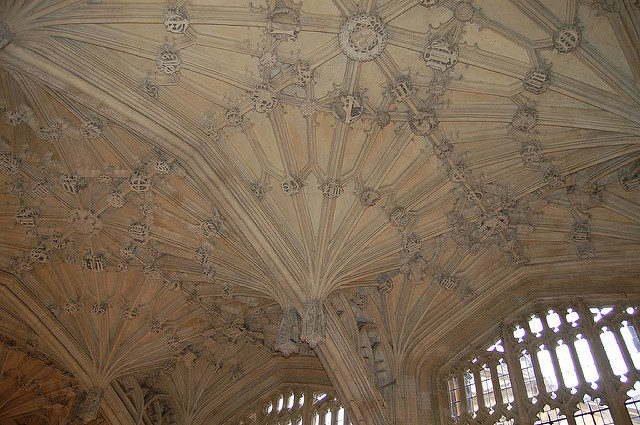
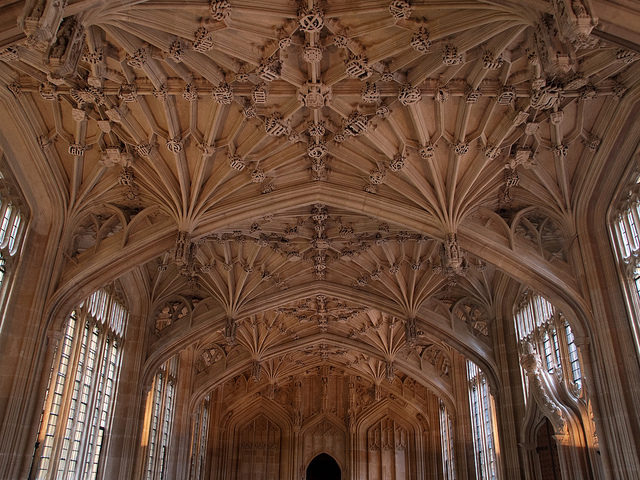
Bodley began his book collection effort in 1600. From 1600 to 1612, after he made an agreement with the Stationers’ Company in London, he planned and financed the first extension to the medieval building, known as Arts End.
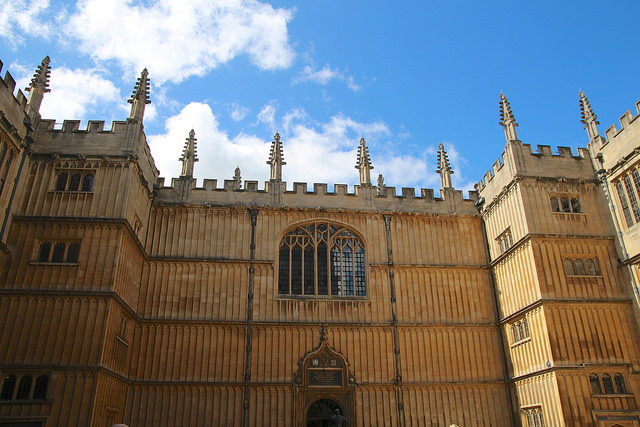
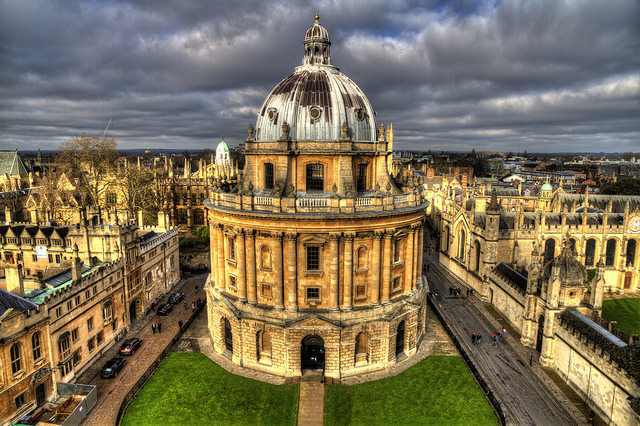
The last addition to Bodley’s building came in 1634-37, when another extension to Duke Humfrey’s Library was built, known as the Selden End. When John Selden died in 1654, he left his extensive collection of books and manuscripts. An underground book store was excavated beneath Radcliff Square in 1909-12, to provide extra storage space. At the time it was the largest such store in the world.
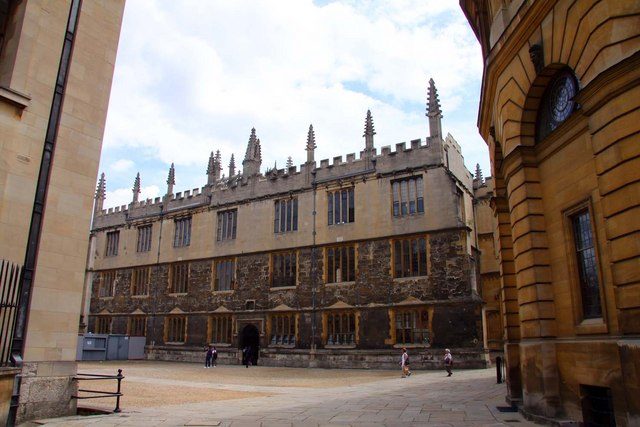
The New Bodleian building was rebuilt behind its original façade to provide better facilities for readers and visitors. Today, the sites contain 9 million items on 176 km of shelving and have seats for 2, 500 readers. In 2004, Google made an agreement with Oxford, and they digitalized one million books owned by this historic library.
